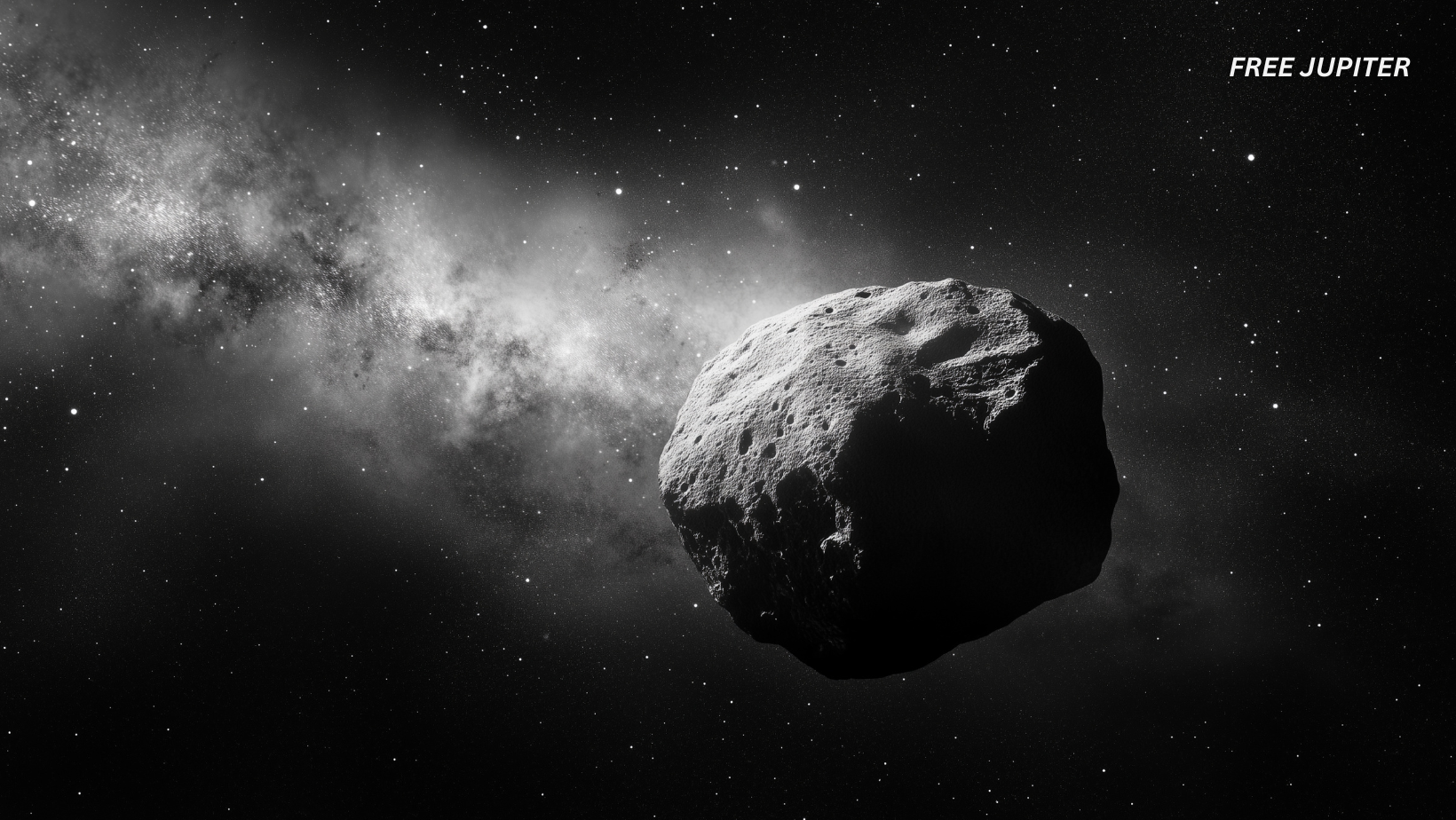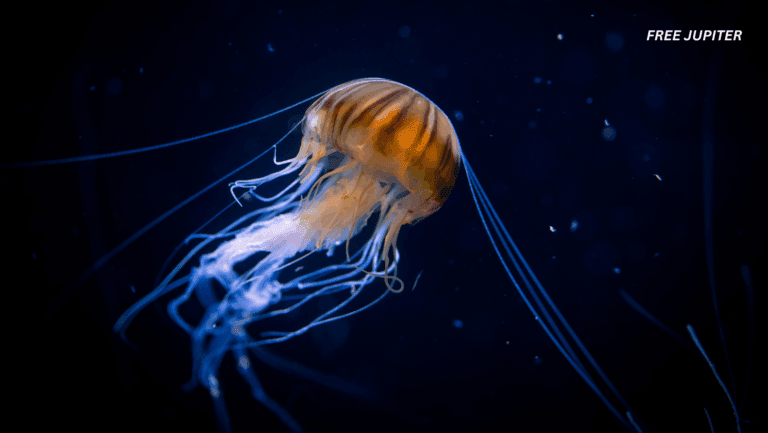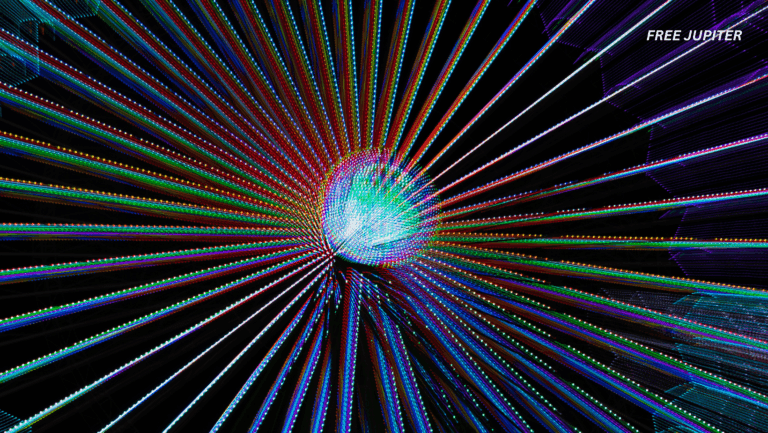Friendly Note: FreeJupiter.com shares general info for curious minds 🌟 Please fact-check all claims—and always check health matters with a professional 💙
In the vast expanse of our solar system, somewhere between Mars and Jupiter, floats a rock so valuable, it makes Earth’s entire economy look like loose change under a couch cushion. This isn’t science fiction—it’s 16 Psyche, a massive, metallic asteroid believed to be worth $10 quintillion. That’s 10 followed by 18 zeros. If you tried to count that high, you’d probably retire before you got there.
But this isn’t just about treasure hunting in space. NASA’s recent mission to study 16 Psyche could unravel secrets about how planets—including Earth—were formed. At the same time, it’s sparking concern and curiosity over what could happen if humanity ever managed to bring that wealth down to Earth.
Spoiler: It’s not all gold bars and champagne. Let’s dig in.
🌌 What Is 16 Psyche, and Why Is It Special?
16 Psyche is no ordinary space rock. Discovered in 1852 by Italian astronomer Annibale de Gasparis, it was named after the Greek goddess of the soul, Psyche. Back then, telescopes couldn’t see much more than a twinkle in the sky. Fast forward 170 years, and scientists now believe this asteroid is one of the most metal-rich bodies in the solar system.
While most asteroids are made of rock or ice, 16 Psyche is unique. NASA estimates it could be made up of 30% to 60% metal, including nickel, iron, platinum, cobalt, and even gold. Its surface area is about 64,000 square miles (that’s roughly the size of Florida), and it may even be the exposed core of an early planet that never finished forming.
In essence, 16 Psyche might be a planetary fossil—a chance to study what lies at the heart of rocky worlds like ours, without needing to dig thousands of kilometers beneath Earth’s crust.
🚀 NASA’s Billion-Mile Road Trip
In October 2023, NASA launched its Psyche mission from the Kennedy Space Center in Florida. The goal? To send a spacecraft over 2.5 billion miles through space to rendezvous with this metal marvel. The spacecraft is expected to arrive in August 2029 after slingshotting around Mars to gain speed.
Once it gets there, the orbiter won’t be landing or mining—yet. Instead, it’ll spend 26 months studying the asteroid, mapping its surface, analyzing its composition, and trying to determine whether it really is the core of a failed planet. If the mission goes as planned, it could change how we understand the solar system’s building blocks.
Oh, and it’s the first time NASA is exploring a world made mostly of metal, rather than rock or ice.
Read more: Stephen Hawking’s Final Research Paper May Have Predicted The End Of The Universe
💰 So… About That $10 Quintillion Price Tag
Now for the part that made everyone’s eyebrows shoot into the stratosphere: the mind-bending value of this asteroid.
News outlets and economists have estimated that if the metals in 16 Psyche were mined and sold, the haul could be worth around $10,000,000,000,000,000,000—that’s $10 quintillion. For perspective, the entire global economy (known as the gross world product) is worth about $100 trillion. So this one rock is worth 100,000 times more than everything produced on Earth in a year.
Just for fun, if you took that $10 quintillion and divided it equally among the Earth’s 8 billion people, everyone would be a billionaire, with over $1.2 billion per person.
Sounds like utopia, right? Well, not exactly.
📉 The Problem with Too Much Gold
Here’s the thing: gold—and other precious metals—are only valuable because they’re rare. If we suddenly dumped hundreds of trillions of dollars’ worth of these metals into Earth’s economy, their value would crash overnight.
In other words, you wouldn’t be rich—you’d just be holding a lot of useless shiny stuff.
So instead of sparking a golden age, mining 16 Psyche could spark economic chaos. Gold-based economies could collapse, and industries that depend on the rarity of these metals (like electronics, jewelry, and banking) could go haywire.
🛠️ Can We Even Mine an Asteroid?
That’s the billion-dollar (or quintillion-dollar) question. Right now, mining an asteroid is more science fiction than reality.
Even if we had the tech to land on 16 Psyche and extract materials, we’d need to:
- Transport mining equipment into deep space
- Operate in extreme temperatures and zero gravity
- Break down and collect metal from a spinning rock
- Haul all that weight back to Earth safely
And remember, 16 Psyche is over 2.5 billion miles away. That’s more than 26 times the distance between Earth and the Sun.
Read more: Astronomers Detect The Most Powerful Explosions in the Universe Since the Big Bang
Still, the idea of asteroid mining isn’t totally off the table. Companies like Planetary Resources and Deep Space Industries have toyed with the idea, and in 2015, the U.S. even passed the Commercial Space Launch Competitiveness Act, which gives American companies the right to own and sell resources they collect in space.
So while it might not happen tomorrow, the groundwork is being laid.
🔬 More Than Gold: Scientific Goldmines in Space
While 16 Psyche has grabbed the headlines for its price tag, it’s not the only asteroid that’s been getting attention.
In 2020, NASA’s OSIRIS-REx mission collected samples from asteroid Bennu, a smaller, carbon-rich asteroid that could tell scientists more about the origins of water—and even life—on Earth. Those samples were successfully returned to Earth in 2023, offering unprecedented insight into the solar system’s early chemistry.
Meanwhile, Japan’s space agency (JAXA) previously scooped up samples from asteroid Ryugu, which also helped trace how organic molecules may have spread across the solar system.
These missions show that asteroids aren’t just cosmic junk—they’re time capsules from billions of years ago, offering clues to everything from planetary formation to the origin of life itself.
🌍 Could Psyche Really Wipe Out Gold’s Value?
In theory, yes. But in practice, probably not—at least not anytime soon.
- We’re nowhere near mining Psyche. NASA’s mission is a flyby and orbit—not an excavation.
- Bringing metals back would cost astronomical amounts. Literally.
- Economic controls would kick in. Governments could regulate or limit the release of space resources to avoid market collapse.
It’s more likely that if asteroid mining ever becomes real, the materials would be used in space—for building satellites, space stations, or habitats—rather than flooding Earth’s markets. That way, we can grow the space economy without crashing the one we already have.
Read more: What Quantum Entanglement Really Reveals About the Universe
🧠 Final Thought: Not Just a Rock, But a Revelation
The Psyche mission is less about getting rich and more about getting answers. If this metallic asteroid really is the core of an ancient protoplanet, it could help scientists understand how Earth’s own metal core came to be, and what makes our planet—and others—tick.
Plus, it’s part of a broader shift in space exploration: moving from simply visiting other worlds to understanding how those worlds (and our own) were built.
So even if 16 Psyche never yields a single gold nugget for Earth, it might just give us something far more valuable: knowledge.










